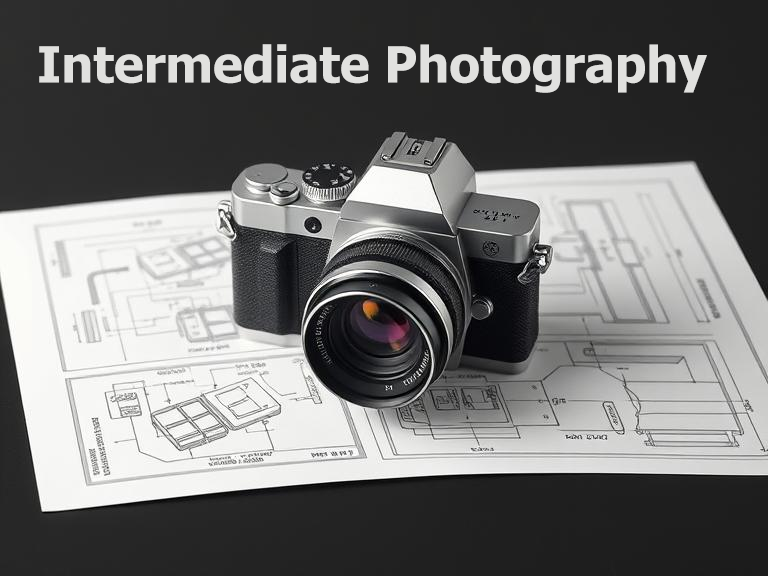Storytelling through photography is a compelling form of art that transcends the spoken word, capturing moments and emotions that resonate universally. In an age where visual content reigns supreme, photography’s ability to tell stories without uttering a single word offers an extraordinary power that appeals to our intrinsic quest for connection and understanding.
Photography transcends language barriers, allowing diverse audiences to understand and appreciate the narratives captured in a single frame. This universality makes it an essential tool for storytellers across the globe, connecting people from different cultures and backgrounds. An image can convey joy, sorrow, urgency, or serenity, all of which are emotions that can be felt deeply regardless of one’s native tongue. This cross-cultural accessibility is what makes storytelling through photography uniquely powerful.
When a skilled photographer approaches the storytelling process, they harness several elements of photography to create impactful narratives. Composition, lighting, color, and subject matter all play crucial roles. Composition is the foundation of visual storytelling. By carefully arranging elements within the frame, photographers guide the viewer’s eye to the most important aspects of the story. For instance, the rule of thirds can be used to highlight focal points, creating a balanced and engaging image.
Lighting dramatically influences mood and tone, serving as an emotional guidepost within a photograph. Soft, diffused light might evoke warmth and nostalgia, while harsh, direct light could intensify drama and tension. Photographers harness these nuances to add emotional depth to their stories, ensuring that viewers not only see the narrative but also feel it.
The use of color further enhances storytelling, with different hues eliciting specific emotions and responses. A predominantly blue image might convey calmness or melancholy, while vibrant reds could suggest passion or urgency. Renowned photographers often use color to convey subtext, allowing viewers to infer meaning beyond the overt subject matter.
Subject matter is the heart of storytelling in photography. It is the people, places, and objects captured that drive the narrative forward. Portrait photography, with its focus on the human element, engages viewers by offering a glimpse into the subject’s life and emotions, while landscape photography can tell stories of nature’s beauty and resilience. The selection of subject matter, therefore, greatly determines the story’s impact and scope.
In addition to these technical elements, context plays a fundamental role. A photograph’s meaning can shift dramatically with the context provided by accompanying text or captions. Context enriches a photograph, offering viewers additional insights and encouraging a deeper engagement with the narrative.
Photographers often employ sequences or series to tell more complex stories. By presenting a series of images, they can explore a story’s various dimensions, offering a more comprehensive narrative experience. This approach mirrors the pacing of a written story, with each photograph acting as a chapter or verse, guiding viewers through a structured journey.
Digital technology has revolutionized storytelling through photography, providing photographers with tools and platforms to reach global audiences instantaneously. Social media platforms like Instagram and Facebook allow photographers to share their stories with the click of a button, while websites and blogs offer space for in-depth exploration of photographic narratives. These platforms have democratized photography, empowering both amateur and professional photographers to contribute to the global tapestry of visual stories.
Despite the digital revolution, the essence of storytelling through photography remains unchanged: to capture moments that convey meaning, evoke emotions, and spark conversation. Photography is a powerful medium for advocacy, shining a light on social issues and giving a voice to the voiceless. Photojournalists around the world have harnessed this power to drive awareness and change, using their cameras to document realities that might otherwise remain invisible.
In the hands of a storyteller, a camera is more than just a tool; it is a means of witnessing and documenting the human experience. Photography captures the ephemeral nature of moments, preserving them for future generations. It serves as both a historical record and an artistic expression, creating a bridge between the present and the past.
The power of storytelling through photography also lies in its capacity to inspire. A single image can stir viewers to action, spark creativity, or bring about a fresh way of seeing the world. This inspiration often arises from the photographer’s unique perspective, offering viewers a new lens through which to view complex narratives.
Photography, as an art form, provides a means for self-expression, enabling photographers to communicate their viewpoints and personal truths. Whether exploring themes of identity, community, or environment, photographers weave their experiences and insights into their work, facilitating a dialogue between themselves and their audience.
The synergy between photography and storytelling will continue to evolve, reflecting the ever-changing landscapes of technology, culture, and society. As viewers, our engagement with these stories helps to foster empathy, connection, and understanding across the global community, reinforcing the timeless power of stories told through the lens.
Through every image and every story, photography enriches our perception of the world, reminding us of our shared humanity. This is the enduring power of storytelling through photography, a power that resonates profoundly in our visually-driven culture.


